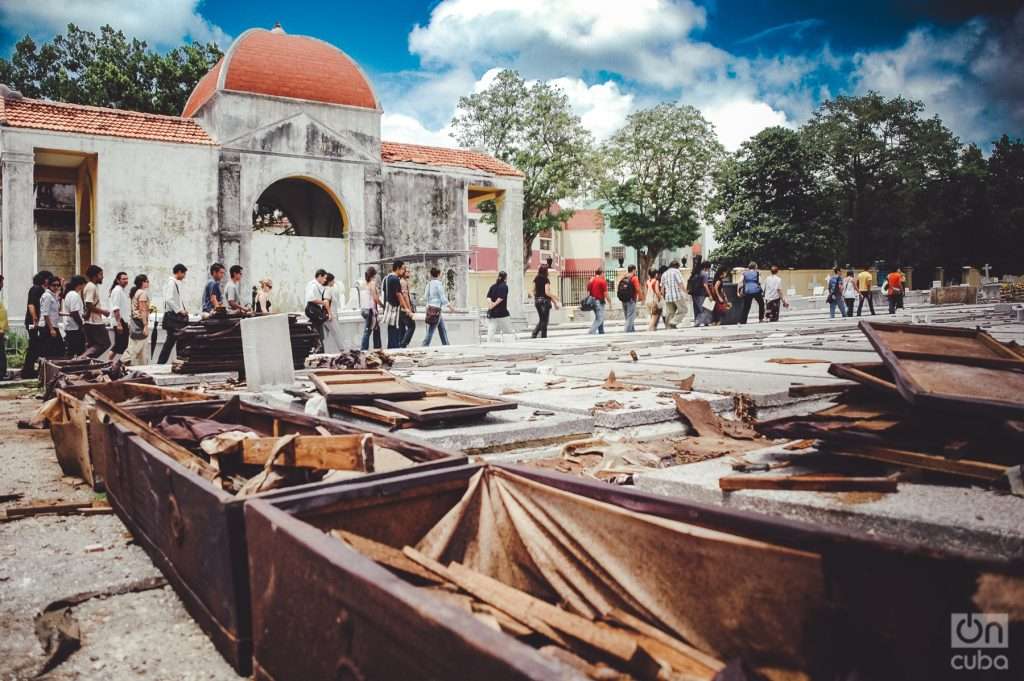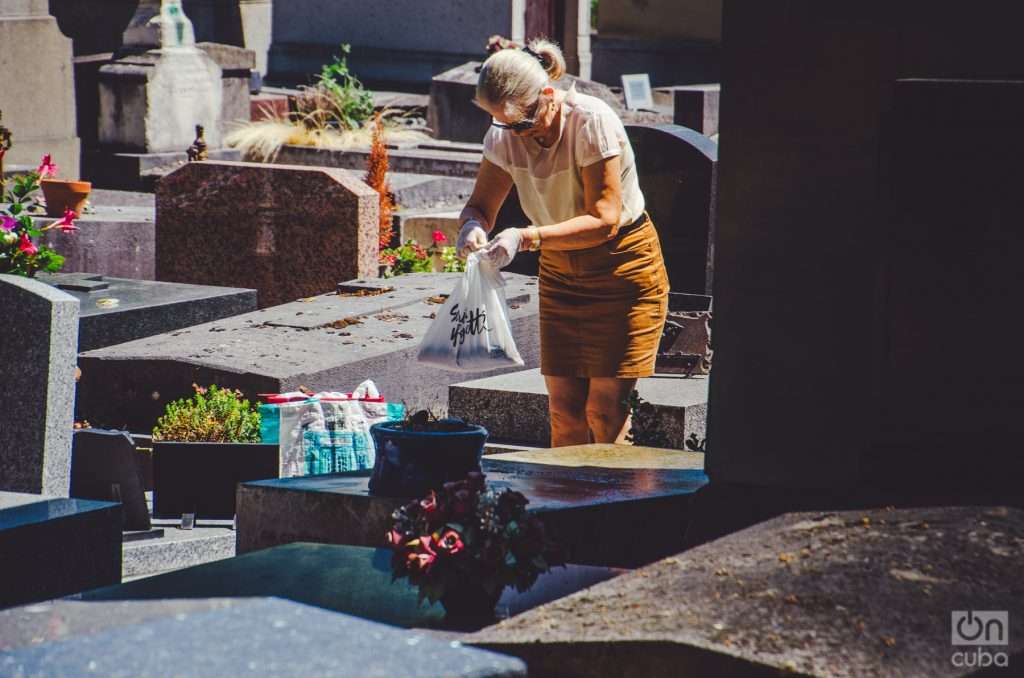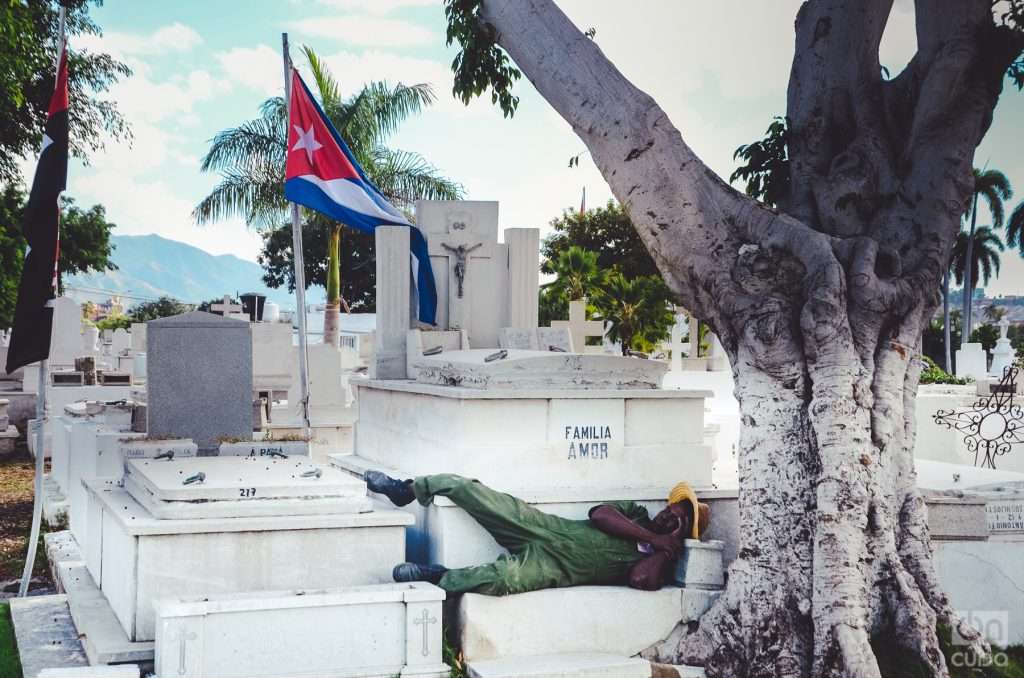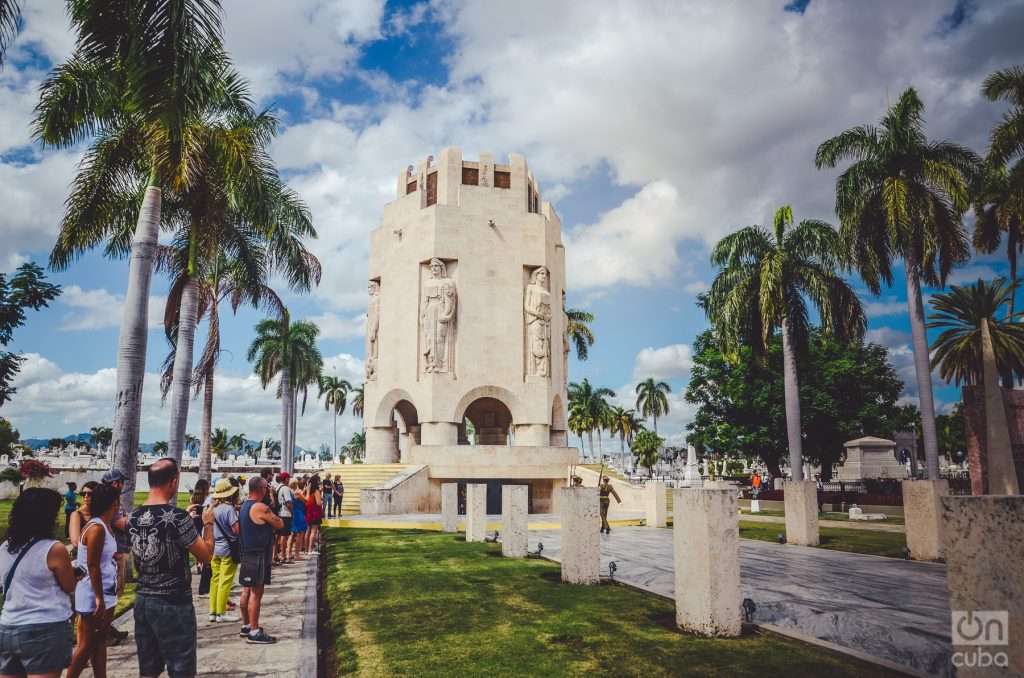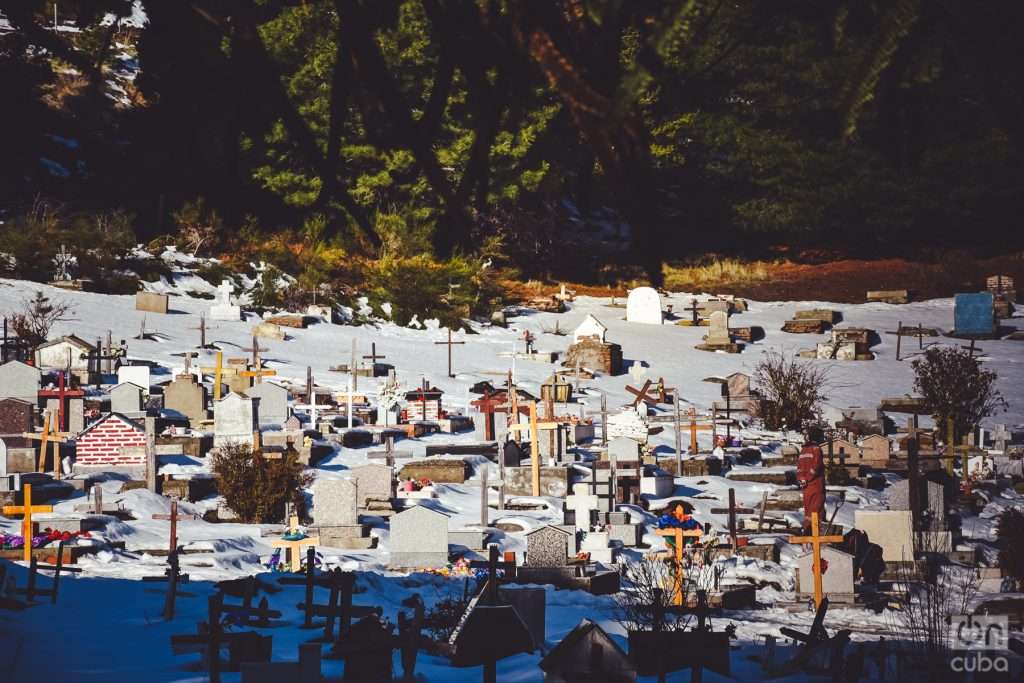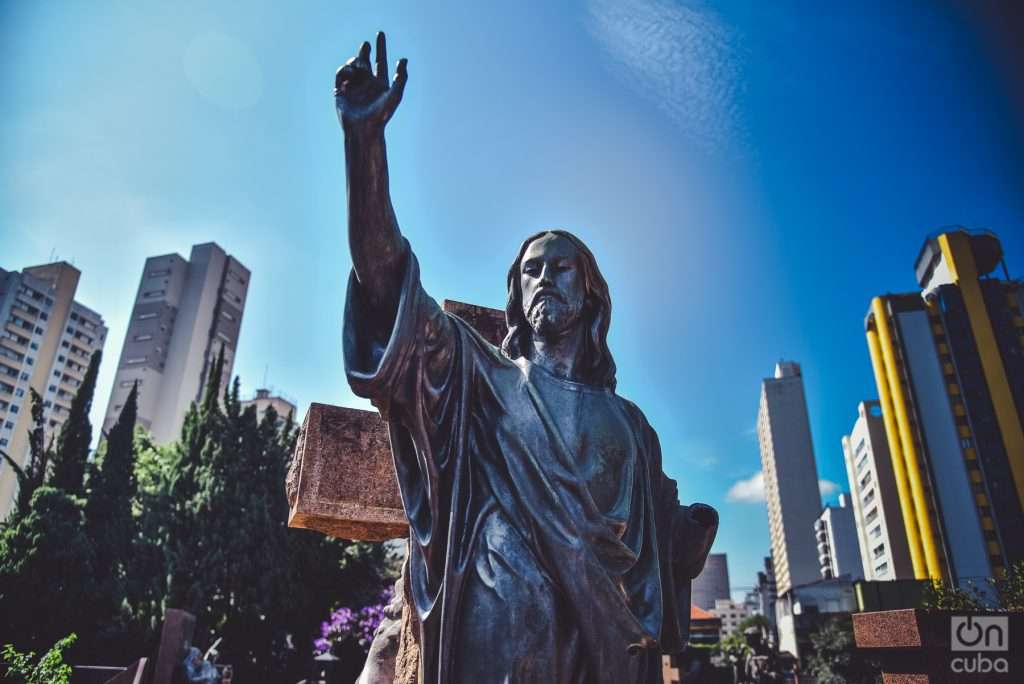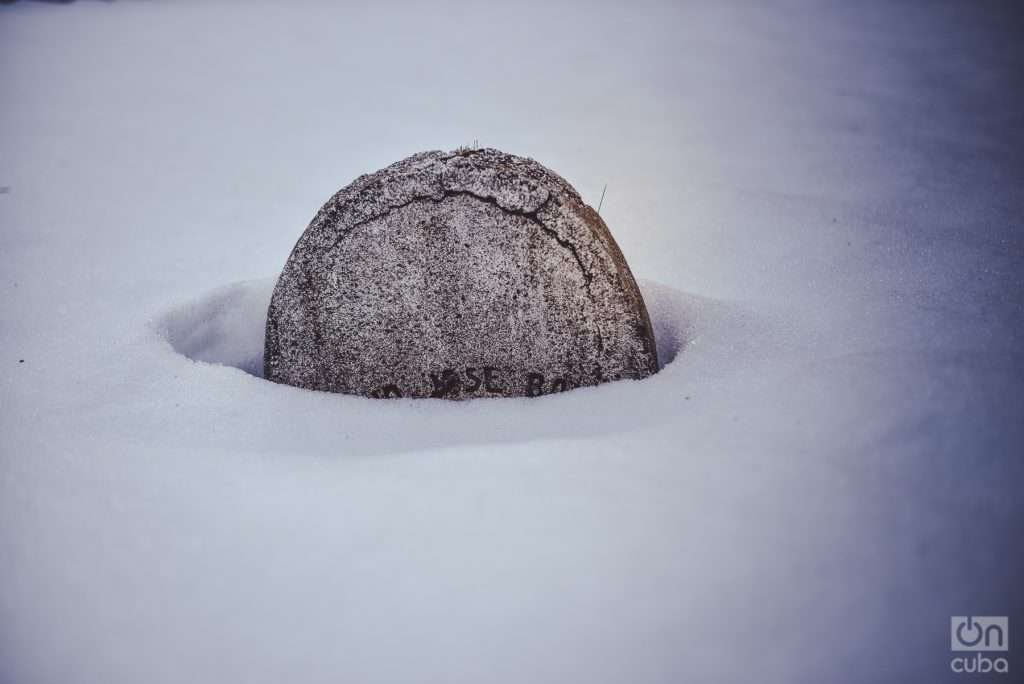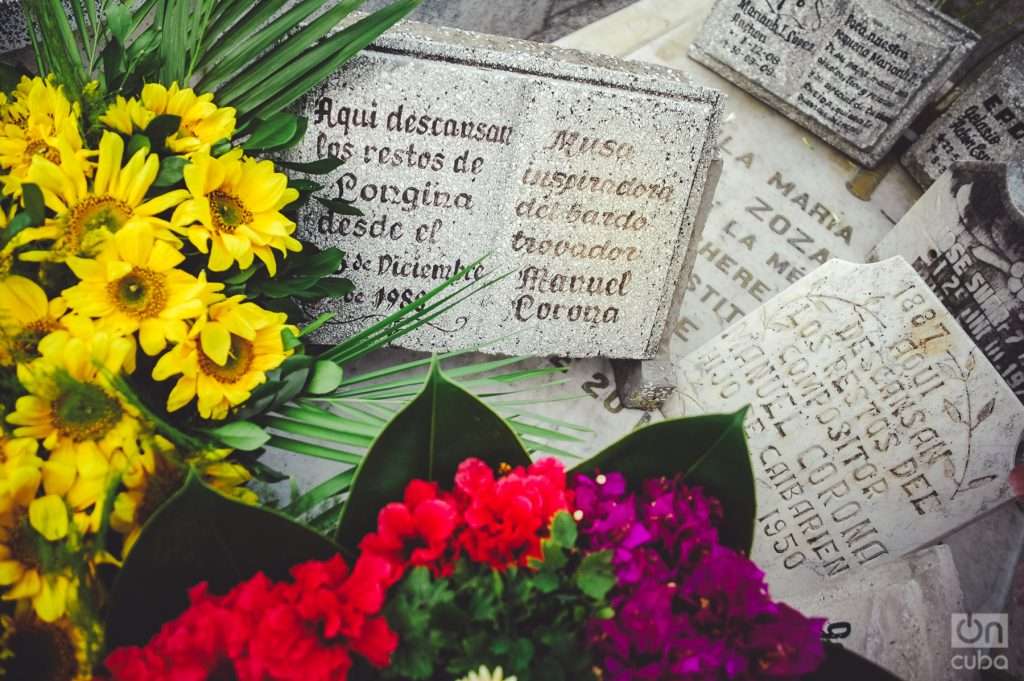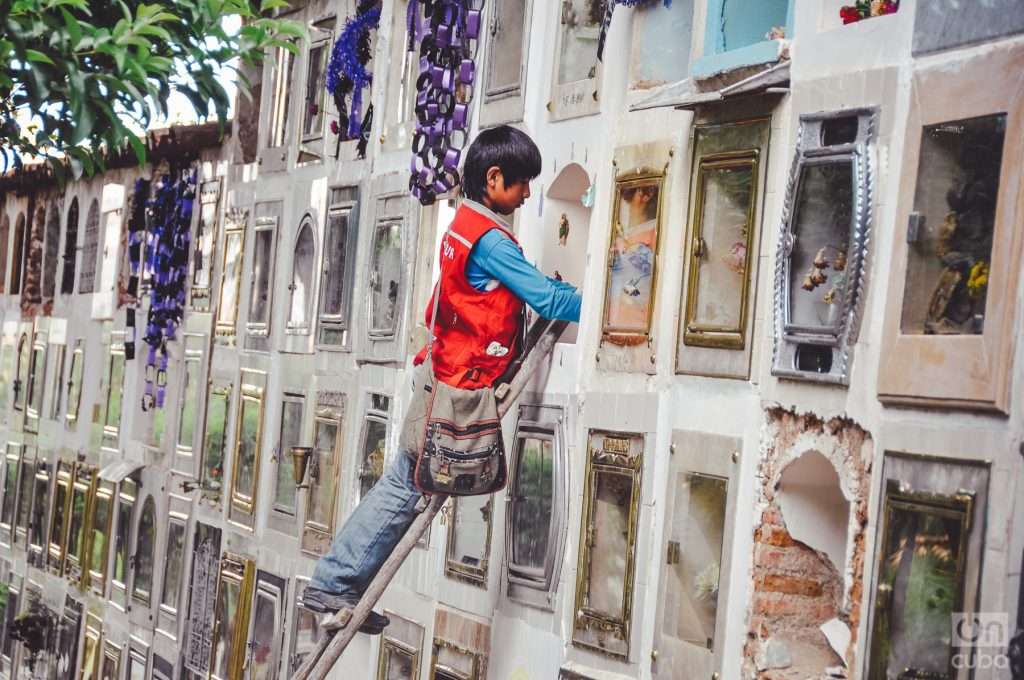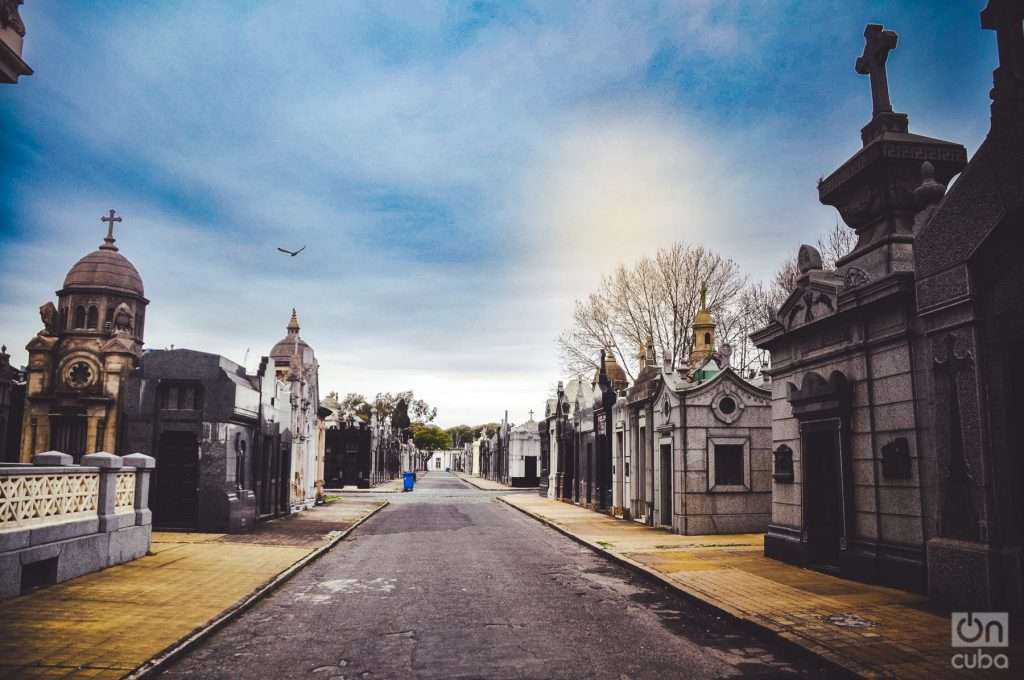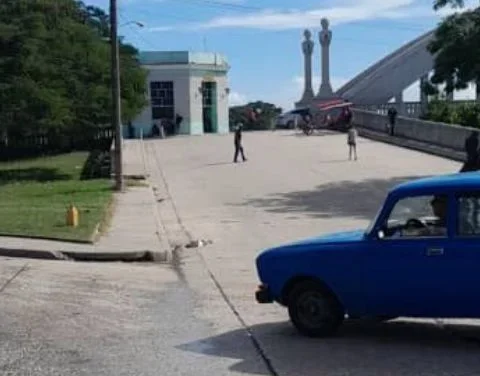Cemeteries carry a dark imagery of myths and legends. However, a necropolis, which etymologically means “city of the dead”, is closely linked to the life of the metropolis, that large city with many inhabitants.
“The first objective of the cemetery is to represent a symbolic reduction of society”, writes the French historian Philippe Ariès (1914-1984), in his book man before deathpublished in 1977. That famous essay, and particularly that phrase from one of the referents of the current known as “new history”, was a shock to rethink that solemn and cult relationship that living human beings have with cemeteries.
In this way, the space of the cemeteries is, among other things, an entity that reveals the socio-historical context of the place where it is built. Also of the people who lie there and their living relatives who visit them.
The Spanish architect Luis Fernández-Galiano Ruiz, Professor of Projects at the Higher Technical School of Architecture in Madrid, affirms that “we are the only animal that has funeral rites, and before being grammarian monkeys we were gravedigger monkeys.”
“The city of the dead —writes the also director of the magazine living architecture— has traditionally been a bare-bones version of that of the living, and a laboratory for architecture, gardening and sculpture. From hut-shaped urns to palatial pantheons or hive niches of social burial, the nature and fractures of a culture can be discerned in its burials.”
Cemeteries appeared as a sign of modernity and sanitation at the end of the 18th century. Before that date, for example, in ancient Rome, burials took place in the houses themselves. Then underground galleries known as “catacombs” were built. For its part, in Christianity, in the oldest towns, the dead were buried on the outskirts, by the side of the road.
Cuba was the first country in Latin America where the construction of a public cemetery was planned. It was no accident. It had to do with the “privilege” of being one of the “most pampered” colonies of Spain in the world.
At the beginning of the 19th century and due to the impulse of the Bishop of Espada, the requests of the doctors Tomás Romay and Ambrosio G. de Valle, as well as the financial support of entities such as the Economic Society of Friends of the Country, the General Cemetery of La Havana. Known as the Espada Cemetery, it worked on the outskirts of what was then Villa de San Cristóbal de La Habana, between 1806 and 1878. Today, from that historic place, only one wall remains with marks from the niches.
Of the Cuban necropolises, the most important is that of Colón, in Havana. The foundation stone was laid in 1871 and the works took fifteen years to complete. It was finally inaugurated on July 2, 1886.
The Colon necropolis covers 57 hectares. It is located in the middle of the Cuban capital and houses a rich sculptural and architectural heritage. It belongs to the category of “significant cemeteries”. They are those cemeteries where the remains of personalities are found and where funerary art predominates (artistic manifestations around death and memory such as sculptures or pantheons).
These types of cemeteries become open-air museums where they are even part of the tourist attraction of the city.
In that sense of alluding to death as an inexorable part of life and demystifying cemeteries, there is a chapter that, in some way, breaks with the formality of these sites. They are epitaphs.
That phrase carved on the marble summarizes the life story of the deceased. It is like an act of last will where I would even dare to say that the Grim Reaper herself, owner of that neighborhood that is the cemetery, is challenged.
There are well-known epitaphs like that of singer Frank Sinatra (1915-1998): “The best is yet to come.” Also that of the great French playwright Molière (1622-1673): “Here lies Molière the king of actors. Right now he plays dead and really he does it well ”. Or that of the Mexican actor and comedian Mario Moreno “Cantinflas” (1911-1993): “It seems that he is gone, but it is not true.”
I prefer that of the Chilean poet Vicente Huidobro (1893-1948): “Open the tomb. At the bottom of this tomb, you can see the sea”.
There are also very famous but apocryphal epitaphs. Such is the case of the German composer Johann Sebastian Bach (1685-1750) who, although there is no other inscription on his tomb than his name, is given the following epitaph: “From here I can think of no drain”. The American actor and humorist Groucho Marx (1890-1977), a great maker of phrases, is another who did not leave an epitaph, however he is blamed: “Forgive me for not getting up”.
Literature has also bequeathed us other memorable texts around a very vivid protagonism of where our dead lie. The Spanish writer Felipe Benítez Reyes, who confesses that he has never visited a cemetery for pleasure, published in the newspaper El Mundo, a very interesting article where, as announced from its title “Of tombs and beyond: The cemetery as a literary space”, collects some poetic and funeral glances:
“In front of a small urban cemetery on Broadway, the newlywed Juan Ramón Jiménez appreciated the following: ‘Poor pit of the dead, with your little toy church, whose bells dream next to the offices that besiege your peace, between the bells, horns, whistles and rivet hammers!’ Miguel de Unamuno exclaimed before a humble cemetery in Castile: ‘Poor corral of the dead/ between walls made of the same mud,/ only a cross distinguishes your destiny/ in the deserted solitude of the countryside!’ Luis Cernuda offered us this powerful image of a city cemetery: ‘Not a leaf or a bird. The stone nothing else. Earth./ Is hell like this? There is pain without forgetting, / with noise and misery, long cold and without hope. / Here there is no silent sleep / of death, that life still / stirs among these tombs, like a prostitute / continues her business under the motionless night’”.
Anyway… That silent place where do you rest? (cemetery refers to a Greek word that means “sleep”) the remains of our loved ones; that mostly white landscape, of tombs, niches, pantheons, crucifixes, epitaphs, flowers in vases, tombstones, mausoleums and skeletons… is more related to life than to death itself.


